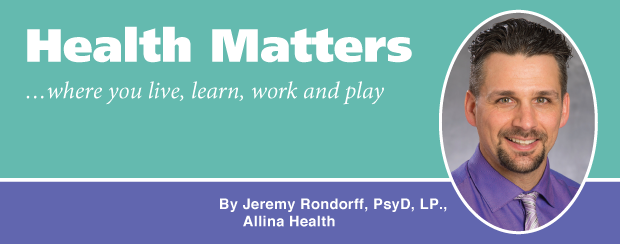
SEASONAL AFFECTIVE DISORDER (SAD)
Seasonal affective disorder (also known as SAD) is a form of depression that occurs in the fall and winter. People with this disorder usually feel fine in the spring and summer. But, winter’s short days and lack of light can produce some changes in brain chemistry that cause mood disturbances. This form of depression can be severe and is usually a lifelong condition.
Causes of SAD
The exact cause of SAD is not known. It is known that light, including sunlight, can affect hormones and brain chemicals. These hormones and chemicals control body rhythms, such as how much you sleep and also control mood. It is not known why some people seem to be more sensitive to getting less sunlight. SAD is more common in women and usually starts during the young adulthood years.
Symptoms of SAD
The symptoms of SAD are somewhat different from the depressions. In colder climates, you may get depressed as the days get shorter in the winter, and then feel active and happy as the days get longer in the spring. If you have SAD, in the fall and winter, symptoms may include:
- Feeling uninterested in things you usually enjoy
- Craving starchy foods like potatoes and bread and gaining weight
- Feeling sad, depressed, hopeless, and irritable
- Excessive sleepiness without feeling refreshed
- Excessive illnesses because of a low resistance to infection
- Having trouble getting up in the morning and often wanting an afternoon nap
- Feeling tired and slowed down much of the time
- Losing interest in sex
- Not being able to concentrate or remember things
- Having worse than usual premenstrual symptoms if you are a woman
In the northern hemisphere, January and February are usually the months with the greatest symptoms. When spring arrives each year, you are likely to feel energized and be very active. These symptoms must be a pattern for at least two years before they are considered seasonal affective disorder. Your healthcare provider or therapist will ask about your symptoms. They will make sure you do not have a medical illness or drug or alcohol problem that could cause the symptoms.
Treatment of SAD
Treatment of SAD will depend on how severe the symptoms are. A mild case may be helped by spending more daytime hours outdoors and getting regular exercise. A severe case may be helped by counseling, medicine and/or light therapy. Artificial light can relieve symptoms of 75% of cases within one or two weeks. Light therapy involves sitting near a specially designed light box that delivers UV light, for at least 20 minutes per day, usually in the morning. Other treatments for SAD include medication, therapy, yoga, meditation as well as other relaxation techniques.
Seven ways to help reduce the effects of seasonal affective disorder:
- Get regular exposure to sunlight or full spectrum light between fall and spring.
- Get support. Talk with family and friends. Consider joining a support group in your area.
- Learn to manage stress. Ask for help at home and work when the load is too great to handle. Find ways to relax, for example, take up a hobby, listen to music, watch movies, or take walks. Try deep breathing exercises when you feel stressed.
- Take care of your physical health. Try to get at least 7 to 9 hours of sleep each night. Eat a healthy diet. Limit caffeine. If you smoke, try to quit. Avoid alcohol and drugs, because they can make your symptoms worse. Exercise according to your healthcare provider’s instructions.
- Check your medicines. To help prevent problems, tell your healthcare provider and pharmacist about all the medicines, natural remedies, vitamins, and other supplements that you take.
- Contact your healthcare provider or therapist if you have any questions or your symptoms seem to be getting worse.
- Get emergency care if you, or a loved one, have serious thoughts of suicide or harming yourself.
